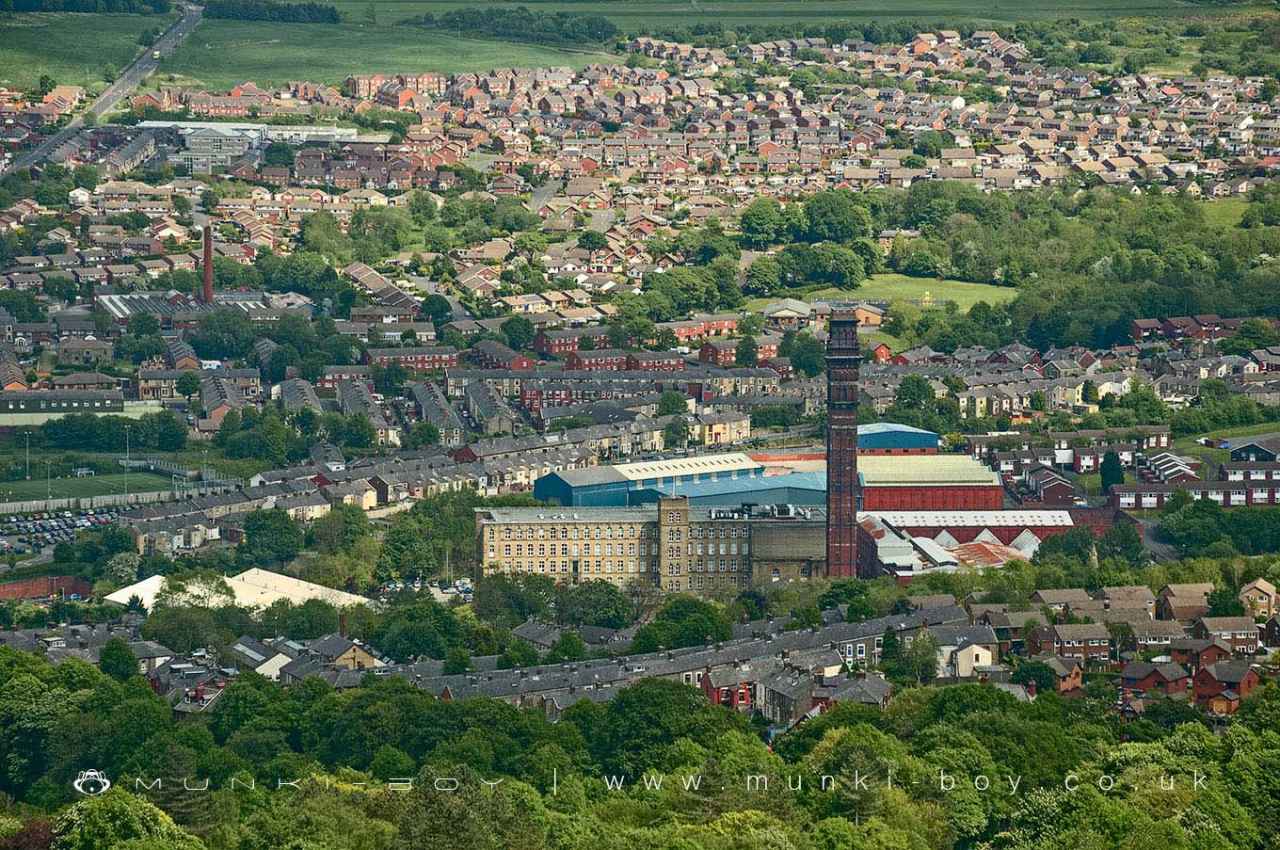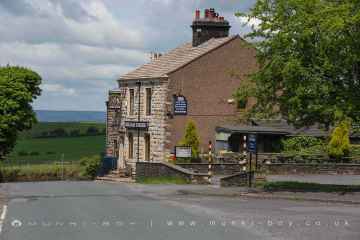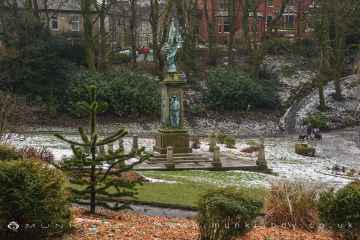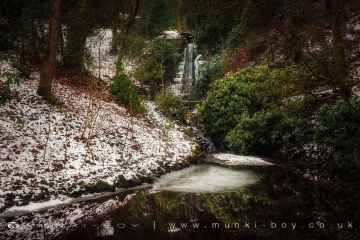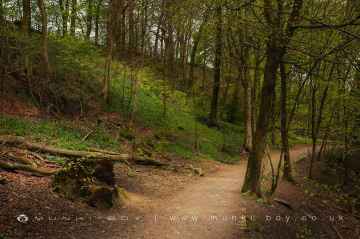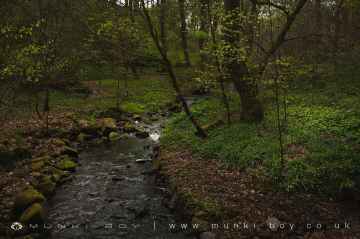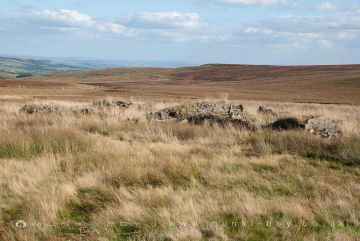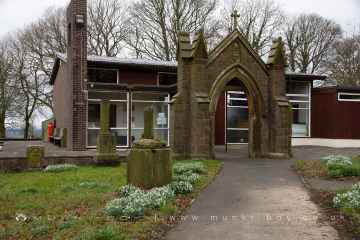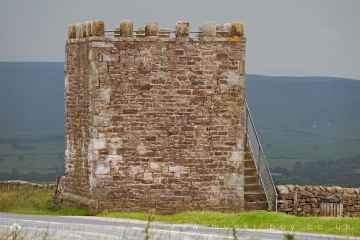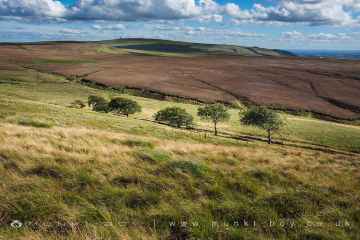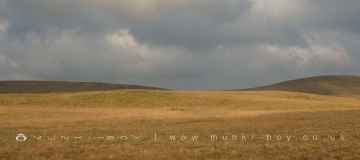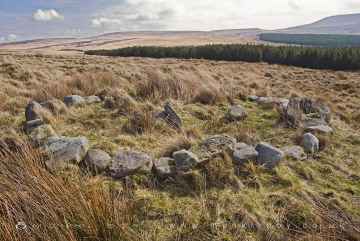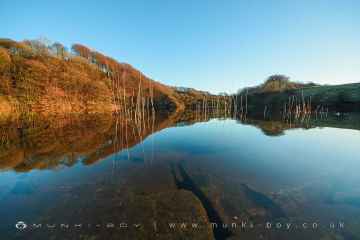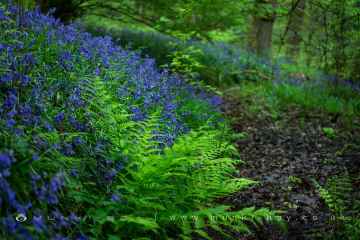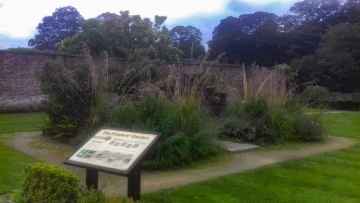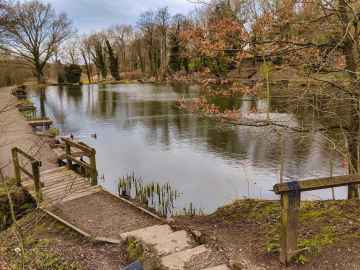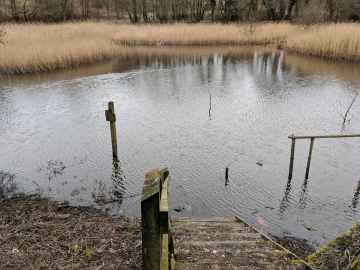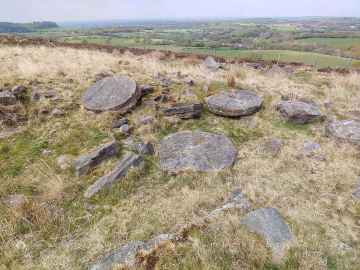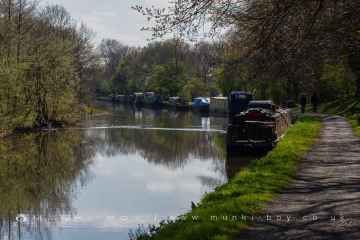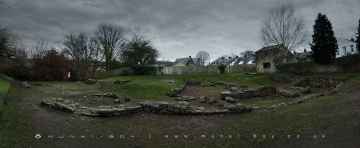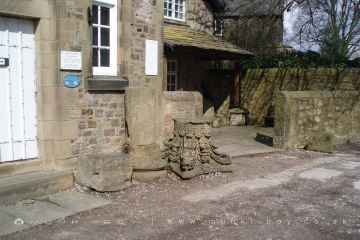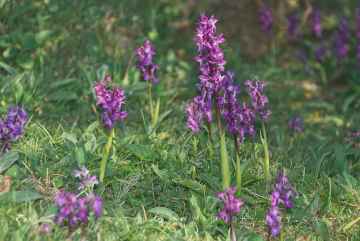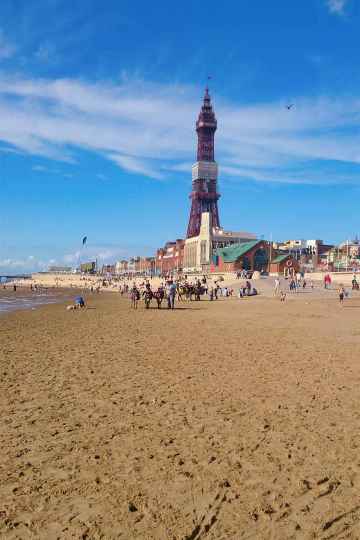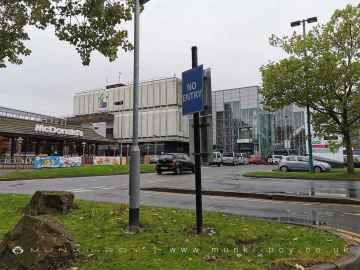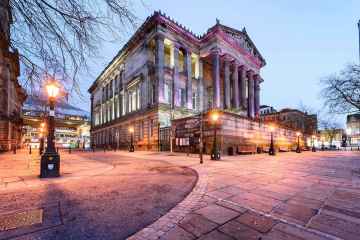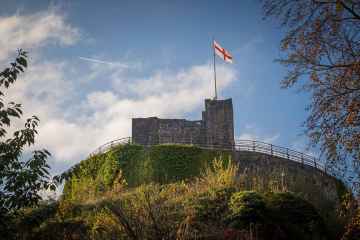Darwen is a Town in the county of Lancashire.
Darwen is a market town located in Lancashire, England. Along with Blackburn, it forms the Borough of Blackburn with Darwen.
Darwen borders the windswept West Pennine Moors with its wonderful landscape and magnificent views.
Darwen is famous for it’s 86ft tall Jubilee Tower, built at the end of the 1800’s to celebrate Queen Victoria’s Diamond Jubilee. It is a bit of a climb to get there, but the views from the top of the tower are worth it. On a clear day you can see the Isle of Man, North Wales, The Furness peninsula and Blackpool Tower.
Darwen postcode: BB3 3
There are great places to visit near Darwen including some great towns, villages, parks, waterfalls, woodlands, rivers and streams, old mines, ruins, historic buildings, ancient sites, historic monuments, hiking areas, hills, round cairns, lakes, bluebell woods, geological features, gardens, country parks, nature reserves, historic sites, canals, roman sites, museums, caves, limestone pavements, sssis, beaches, attractions, shopping centres, cities and castles.
Don't miss Darwen, Chorley, Leyland, Nelson, Blackburn, Burnley, and Blackpool's towns if visiting the area around Darwen.
Ryal Fold, Tockholes, Brinscall, White Coppice, Heath Charnock, Higher Wheelton, and Ribchester are great places to visit near Darwen if you like villages.
Darwen's best nearby parks can be found at Bold Venture Park, Sunnyhurst Wood, Astley Park, Worden Park, Cuerden Valley Country Park, and Ball Grove Park.
The area around Darwen boasts some of the best waterfalls including Bold Venture Waterfall, Sunnyhurst Waterfalls, Hatch Brook Waterfall, Holts Flat Waterfall, Lead Mines Clough Waterfall, Sheep Pen Waterfall, and Old Brooks Waterfall.
Sunnyhurst Wood, Wheelton Plantation, High Bullough Wood, Back Plantation, Spen Wood, Duxbury Woods, and Longworth Clough are great places to visit near Darwen if you like woodlands.
The area around Darwen features a number of interesting rivers and streams including Sunnyhurst Brook, Hatch Brook, Dean Black Brook, Eller Brook, River Yarrow at Duxbury Woods, Ease Gill, and River Roddlesworth.
Old Mines to visit near Darwen include Old Lyons Colliery (ruin), Lead Mines Clough Lead Mines, Coppice Stile Lead Mine Trial, White Coppice Lead Mine, Duxbury Park Colliery (ruin), Ellerbeck Collieries (ruin), and Sykes Mine.
Darwen's best nearby ruins can be found at Old Lyons Colliery (ruin), Higher Pasture Barn (ruin), Ripping (ruin), Wheelton Plantation, Blackhurst (ruin), Heatherlea (ruin), and Shop Fold (ruin).
There are a number of historic buildings near Darwen including Church of Saint Stephen at Tockholes, Astley Hall, Chorley Lodge, Belmont Paper Mills (Derelict), Blacko Tower, The Wishing Well at Hollinshead Hall, and Hoghton Tower.
Darwen has some unmissable ancient sites nearby like Church of Saint Stephen at Tockholes, The Quernmore Burial, Standing Stones Hill, Pikestones Chambered Long Cairn, Jepsons Gate Cairn, Black Coppice Chambered Cairn, and Dog Holes Cave.
The area around Darwen features a number of interesting historic monuments including Jubilee Tower, Bevis and the Ruined Summerhouse, and Cromwell's Bridge.
The area around Darwen boasts some of the best hiking areas including Anglezarke, Lead Mines Clough, High Bullough Wood, Stronstrey Bank, Lister Mill Quarry, Great Hill, and White Coppice.
There are a several good hills in the Darwen area like Standing Stones Hill, Great Hill, Healey Nab, Spitlers Edge, Will Narr, Warton Crag, and Parlick.
The area around Darwen's best round cairns can be found at Jepsons Gate Cairn.
High Bullough Reservoir, Anglezarke Reservoir, White Coppice Mill Pond, Big Lodge Water, Top Lodge, The Blue Lagoon, and Lower Ogden Reservoir are some of Darwen best lakes to visit near Darwen.
Darwen's best nearby bluebell woods can be found at High Bullough Wood, Duxbury Woods, Hill Top Wood, Warton Crag, and Roddlesworth Woods.
Darwen's best nearby geological features can be found at Stronstrey Bank, White Coppice Quarry, Warton Crag and Grisedale Wood Limestone Pavement, Sykes Mine, and The Great Stone of Fourstones.
There are a number of gardens near Darwen including The Evaders' Garden, Astley Walled Garden, and Hoghton Tower.
Darwen's best nearby country parks can be found at Yarrow Valley Country Park, Worden Park, Cuerden Valley Country Park, Witton Country Park, Beacon Fell, Langroyd Country Park, and Wyre Estuary Country Park.
Darwen has some unmissable nature reserves nearby like Top Lodge, Longworth Clough, Leighton Moss, Brockholes Nature Reserve, Ball Grove Park, Upper Ball Grove Lodge, and Mere Sands Wood.
There are a several good historic sites in the area around Darwen like Black Coppice Mill Stone Factory.
Leeds and Liverpool Canal at Heath Charnock, Leeds and Liverpool Canal at Higher Wheelton, Leeds and Liverpool Canal - Summit to Wigan Section, Leeds and Liverpool Canal at Adlington, Lancaster Canal at Bolton-le-Sands, and Leeds and Liverpool Canal - Rufford Branch are some of Darwen best canals to visit near Darwen.
Ribchester Roman Bath House, and Ribchester Roman Museum are some of Darwen best roman sites to visit near Darwen.
Ribchester Roman Museum, The British Commercial Vehicle Museum, and Harris Museum - Art Gallery and Library Preston are some of Darwen best museums to visit near Darwen.
Dog Holes Cave, Fairy Hole, and County Pot are some of Darwen best caves to visit near Darwen.
Warton Crag and Grisedale Wood Limestone Pavement is one of Darwen's best, nearby limestone pavements to visit in Darwen.
Warton Crag S.S.S.I, and West Pennine Moors are some of Darwen best sssis to visit near Darwen.
Beaches to visit near Darwen include Blackpool, Half Moon Bay, The Shore (Bolton-le-Sands), and Hest Bank Wharf.
Madame Tussauds Blackpool, The Big One, and Blackpool Pleasure Beach are some of Darwen best attractions to visit near Darwen.
The area close to Darwen boasts some of the best shopping centres including The Concourse Shopping Centre.
Darwen has some unmissable cities nearby like Preston, and Lancaster.
Castles to visit near Darwen include Clitheroe Castle.
Darwen History
There are some historic monuments around Darwen:
Areas of Darwen
Like most towns and cities Darwen is comprised of a number of areas, once separate villages or small towns and parishes now part of Darwen.
Many of the areas of Darwen have their own character and places of interest.
Places to see near Darwen
History of Darwen
Much of the town was built between about 1850 and 1900; placenames, date stones in terraces, and the vernacular architecture of cellars, local stone, locally-made brick, pipework and tiles and leaded glass, the last now mostly gone, reflect this. It was one of the first places in the world to have steam trams. The arrangement of town hall, market, public transport, eating/hotel facilities and the pre-suburban mixed-size vernacular housing, with local variations according to topography, is very characteristic of Northern England. The year 1900 perhaps represents the peak of Victorian optimism in the area. The working classes were then much more identifiable as masses than now. The rise of the Labour Party from about 1900 coincided with a decline in the Liberal Party, which followed the Manchester School in economics, increasingly seen as permitting unjustified exploitation. However, Darwen usually voted for the Conservative Party until a Conservative government made unpopular administrative rearrangements in the early 1970s.






























